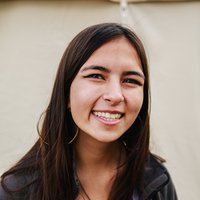Birding and breaking barriers to the outdoors
Mya Rose-Craig is and President of charity Black2Nature, author of Birdgirl
I have been birding (sometimes known as birdwatching or twitching) all my life with my parents and older sister, Ayesha, who are are all passionate birders.
Growing up with lots of British-Bangladeshi family and cousins, I felt quite isolated at times.
In those days growing up I literally never saw any Visibly Minority Ethnic (VME) people out in the countryside apart from my mum and sister.
We stood out and so people noticed us.
Access to nature for all
When I was 13 years old I organised a birding camp. Then worked hard to get five Visibly Minority Ethnic (VME) boys to attend, who all engaged with nature during the camp, just by me making it relevant to them.
I understood then that everyone can engage with nature, you just need to open it up to them.
Later, I contacted four of the biggest conservation charities, organised a conference, set up Black2Nature and committed to ensuring equal access to nature for all.
At that 2016 conference, we had 50 people from the environmental sector and 50 people from Visibly Minority Ethnic (VME) communities. It was the first time both groups had properly sat down and talked about barriers to countryside access, jobs in the environmental sector and ways to overcome the barriers. We looked at what blocks access and what solutions could lead to access for all.
Nic Kane / Oxfam
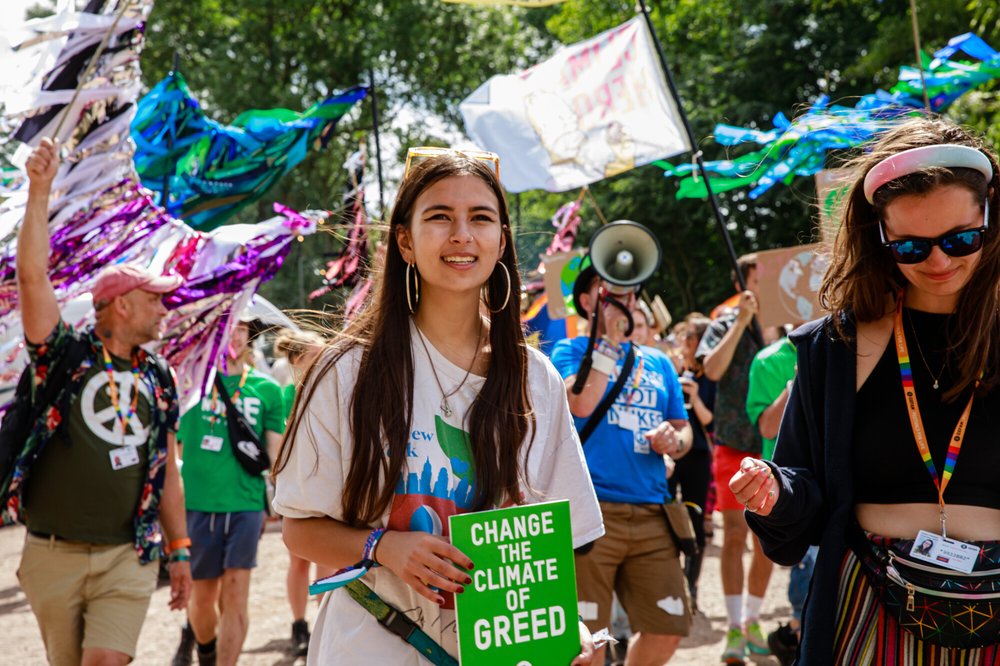
What blocks access to the countryside for Visibly Minority Ethnic (VME) communities?
- General Society racism and exclusion
- Poverty, class division and inner-city deprivation
- Fear of hate crime in remote places
- Mono-ethnic White British view on how to engage with nature
- Perception that nature and the countryside is White and elitist
- Visibly Minority Ethnic (VME) children and teenagers being negatively stereotyped
- Cultural fear and dislike of dogs
- Fear of Visibly Minority Ethnic (VME) teenagers mixing with the “wrong sort” or of the police labelling them as troublemakers
- Parental fear of outside influences preventing children from joining in with Scouts, Guides or school camps
- Parental and community lack of awareness of nature’s health benefits
- Lack of public transport and the cost
What solutions can we use to break the barriers to access?
- Provide paid consultancy and training to organisations in the nature, conservation and environmental sectors
- Careers advice on conservation jobs for Visibly Minority Ethnic (VME) teenagers and parents in school
- Link environmental topics back to issues in their countries of origin, e.g., teaching British-Bangladeshi teenagers about the impact of climate change in Bangladesh today
- Make nature relevant to the Visibly Minority Ethnic (VME) young people you are trying to engage rather than trying to teach them that what you are interested in
- Use photography and filmmaking to connect with Visibly Minority Ethnic (VME) children and teenagers
- Use nature by stealth, e.g., I organised a film-making session on making YouTube videos and did it in the inner-city green space. Lots of them then attended our nature camp
- Inspire Visibly Minority Ethnic (VME) teenagers by showing the injustices taking place
What can birds teach us about equality?
Birds and wildlife have a hierarchy that makes everything work together within the natural world.
It is only when other outside factors come into play, such as habitat loss or hotter days from climate change, that the natural balance is upset, and we see biodiversity loss.
“Equality within the bird world means that each species has its space within nature to live, breed, and survive without impacting other species, in balance. It is our actions that are causing mass biodiversity loss of birds globally.”
— Dr Mya-Rose Craig, UK
It's impossible to choose just one favourite bird. In Birdgirl, I choose twelve favourite birds, one for each chapter. My favourite British birds are Kingfishers and Puffins. Both are stunning and incredible to watch.
If I have to choose one, my favourite bird in the world is the Harpy Eagle. There’s one on the front cover of Birdgirl. It's amazing just because it is huge and scary. Another bird I love is the Southern Cassowary (also huge and scary). The Cassowary looks like a dinosaur and lives in Queensland, Australia.
How can we all be a part of building an equal world? How are conservation and people connected?
Conservation was started by those who were privileged and White.
These early conservations had no respect for indigenous peoples and many wanted to conserve species for shooting and hunting.
Mya-Rose Craig, Founder and President of charity Black2Nature, author of Birdgirl. Image: Nic Kane / Oxfam
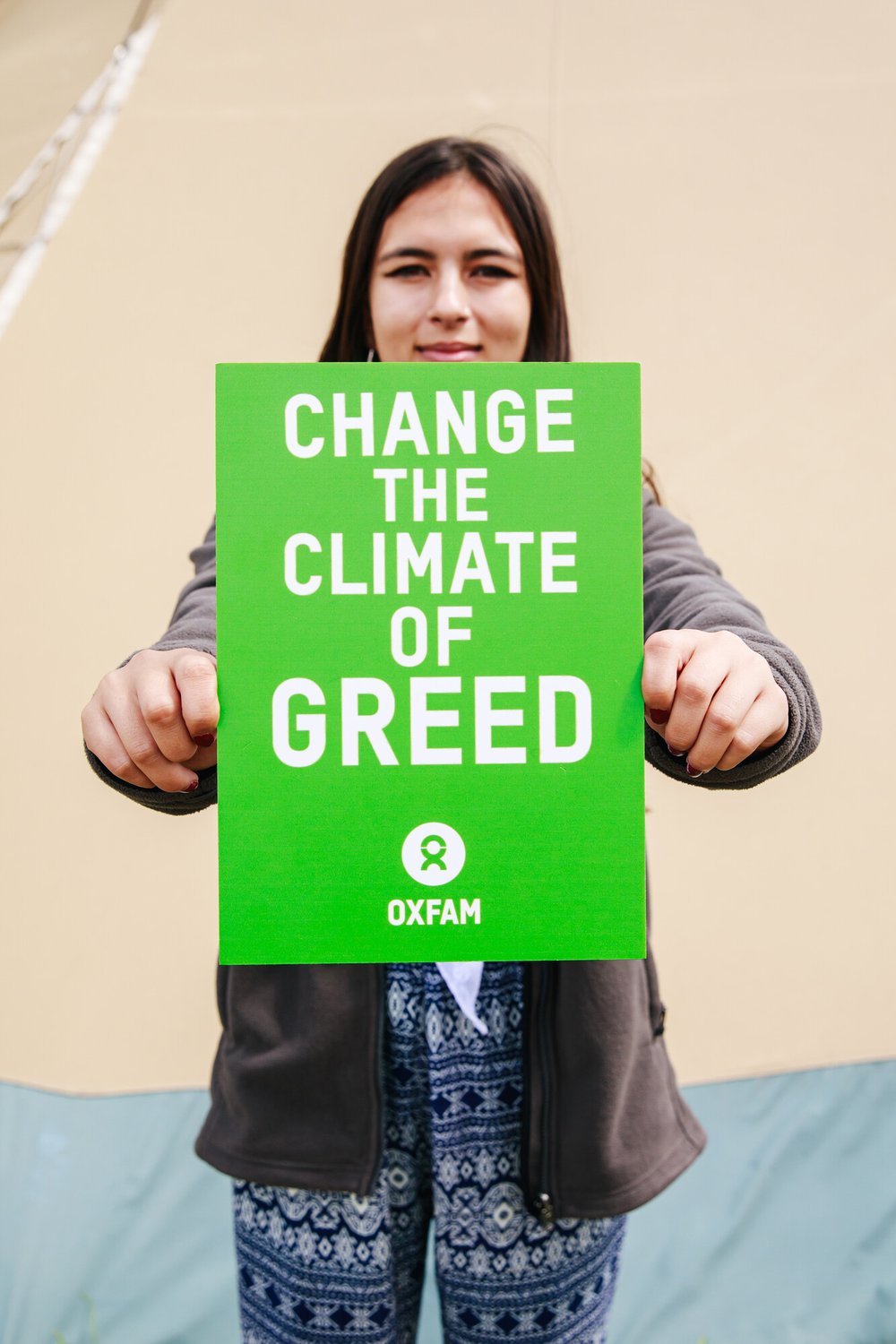
“It is important that conservation organisations and those involved in conservation globally look carefully at their plans and actions, give indigenous people a voice and work together for a better world for people and wildlife.”
— Dr Mya-Rose Craig, UK
Climate change is disproportionally affecting people in the Global South
I have met so many indigenous people who, together with their communities, are fighting to save the habitats around them, from destruction.
In my book, We Have A Dream, there are eleven young indigenous peoples working hard to save their communities. One that sticks out is Archana Soreng, whose community lives deep in the forests of North-East India. She is fighting for indigenous peoples to be the leaders not victims.
One of the people who inspires me most is a Bolivian Indigenous woman, Ruth Alipaz, for from the Bolivian Amazon. When she was 12 years old, she left one of the most remote places in the world, going to the capital. There she attended high school, went to university, getting and got a degree and masters. She then returned to her community and persuaded them to set up a tourist lodge rather than sell their land to a logging company. It is communities like these that are reliant on sustainable tourism from the Global North or they will have no option but to give contract to loggers, to survive.
Highlighting Bangladesh when campaigning on climate justice
Within the Climate movement in the Global North (made up of the richest countries), there are lots of people who never think about the needs of those in the Global South. Or the impact their campaigns might have on peoples. For example, an early XR campaign during its first spring uprising was to campaign for people to stop buying any clothes. It is important that we consider the consequences of what we are asking for. If people stopped buying any new clothes, this would mean people in Bangladesh’s garment industry losing their jobs and is what has pulled people out of poverty. If we want Bangladesh to move away from the garment industry, then we need to help it to identify a different, sustainable sector and market that it can diversify to. That is what a just transition and Global Climate Justice is about for me.
“Global Climate Justice is about fairness and a just transition for countries in the Global South to move to sustainable industries.”
— Dr Mya-Rose Craig, UK
What does climate justice look like?
We need to be making extensive and painful changes now in the Global North, as we are the ones who have created the climate breakdown crisis. That needs to include the end to digging up fossil fuels, sufficient investment in renewable and clean energies with full government funding for solar panels and heat pumps, excellent and free public transport, electric cars, vehicles and buses all fully subsidised and high-speed chargers everywhere.
In terms of climate justice, free funding to countries in the Global South to diversity their industries to those that are sustainable for the world. For example, for Bangladesh, ensuring that the fashion industry is making garments for the higher-end market, the country is funded to diversify into other sectors such as factories converted to manufacture high-quality solar panels for the South Asian market.
Nic Kane / Oxfam
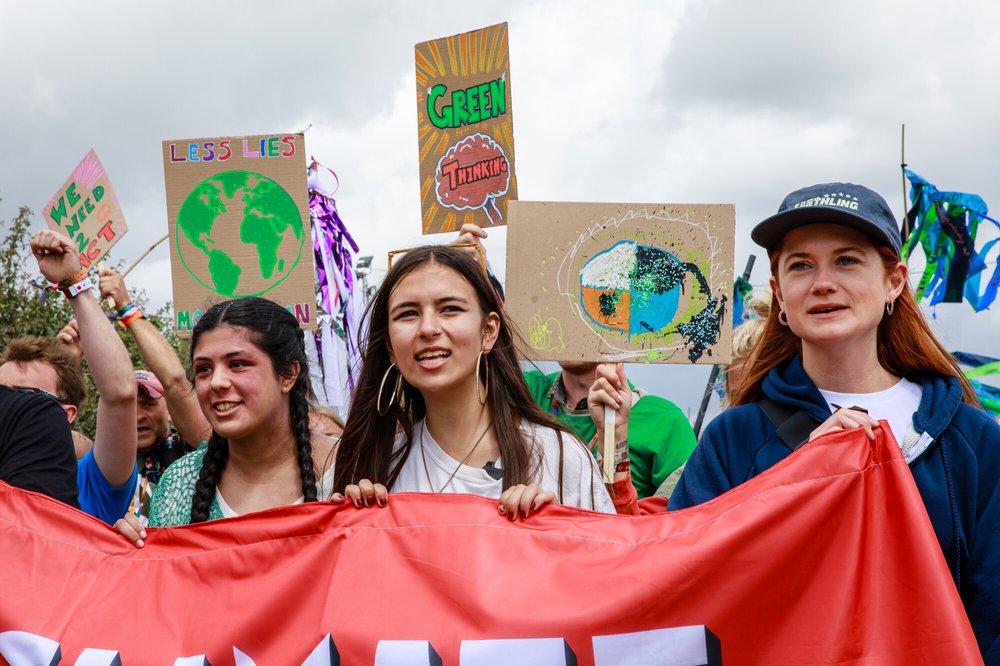
My climate heroes
I think that it is essential to have role models you can look up to who look like you. People who I think are fantastic are people like Steve Backshall who I loved growing up watching Deadly 60, Chris Packham who has been very supportive of my campaigning and Dame Jane Goodall, who I interviewed, and who was lovely and naturally funny.
However, Liz Bonnin is the person who I look at and think “She looks like me, is incredible, smart, and a great TV presenter and I want to be just like her”.
One thing you can do today to help make the world a better place
One thing to make a better place? Follow Black2Nature, support us and donate if possible. We need to raise money for our 2023 nature camps for children and teenagers.
Dr Mya-Rose Craig’s book Birdgirl is available to buy now.
Her first book, We Have a Dream, amplifying the voices of 30 young environmentalists of colour from around the globe is also available.
She also has a children’s picture book, Migration, coming out in 2023 about the migration journeys of different birds migrating along different migration routes.
More posts like this
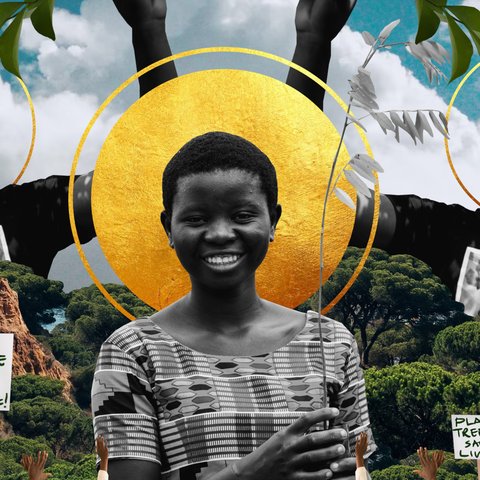
Facts about droughts: The people who have done the least to cause the climate crisis are suffering the most. Communities are calling for system change not climate change.
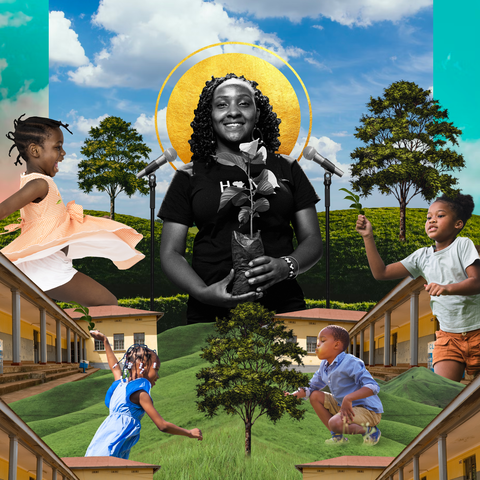
The climate crisis isn't in the future, it's here now. Pushing people deeper into poverty. Polluters must pay for the damage they've caused. So all of us can thrive.
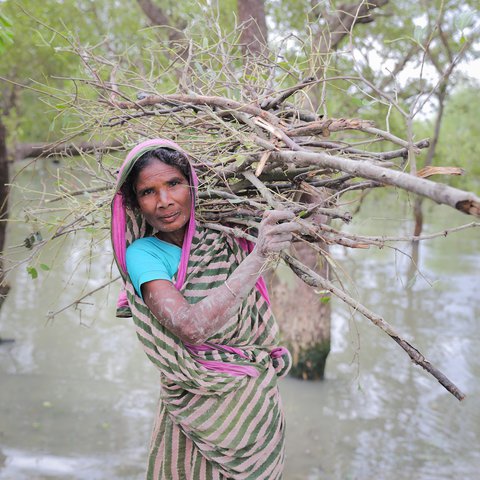
– Oxfam and partners in Bangladesh worked with communities in the predicted path of Cyclone Bulbul to prepare for the worst
